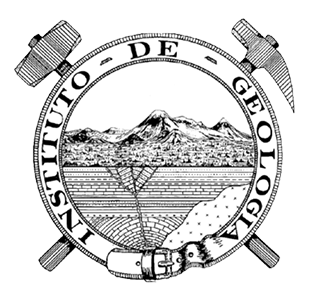Abstract
The Paleogene continental deposits (Balsas Group) of southern Mexico have been scarcely studied and its origin, age, nature, and tectonic setting of formation is largely unknown; these elements are crucial to understand the relationship between southern Mexico, and Central and Southern America. In this way, we report in this study for the first time data of the stratigraphy, geochemistry, and U-Pb geochronology of the volcanics rocks of the Tetelcingo Formation in the Chilpancingo-Tixtla area, Guerrero, was carried out. The Tetelcingo Formation is a volcano-sedimentary sequence unconformably emplaced on Cretaceous rocks (Morelos and Mezcala formations). The geochemistry of volcanic rocks indicate a compositional variation from andesite to dacite. All samples show enrichment in large ion lithophile elements (LILE) and light REES (LREEs) relative to high field strength elements (HFSE) and heavy REES (HREEs). In addition, they show negative anomalies in Nb, Ta, P and Ti; positive in Ba, Sr and K; and scarce to nonexistent anomalies in Eu (0.69-1.04), as well as, high Sr and low Yb, Y, Ni and Cr concentrations. The emplacement of the studied volcanic rocks occurred during two successive volcanic cycles; the first cycle started between 65.21 ± 0.97 Ma (zircon) and 66.7 ± 2.9 Ma (sphene), while the second between 65.27 ± 1.9 Ma (zircon) and 64.9 ± 4.4 Ma (sphene) U-Pb. The volcanic rocks of the Tetelcingo Formation have similar geochemical characteristics to adakitic rocks formed in a continental arc settings. The deposition of the volcanic rocks occurred at the Cretaceous-Paleogene boundary, in a geodynamical context of active subduction, and subsequent transtension and exhumation related to detachment and migration of the chortis block towards southeast.

This work is licensed under a Creative Commons Attribution-NonCommercial 4.0 International License.
Copyright (c) 2023 Revista Mexicana de Ciencias Geológicas












